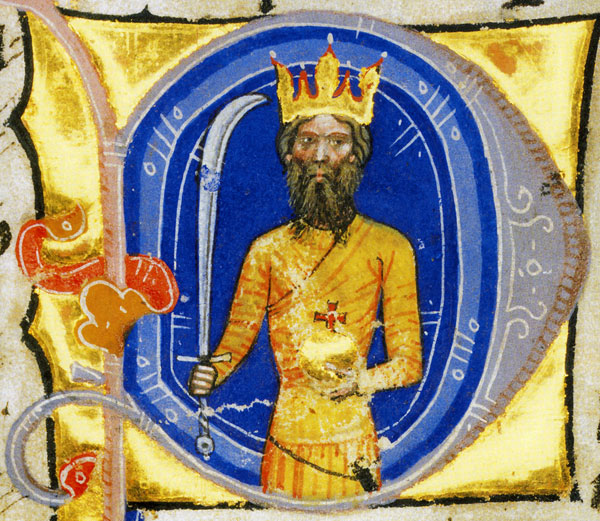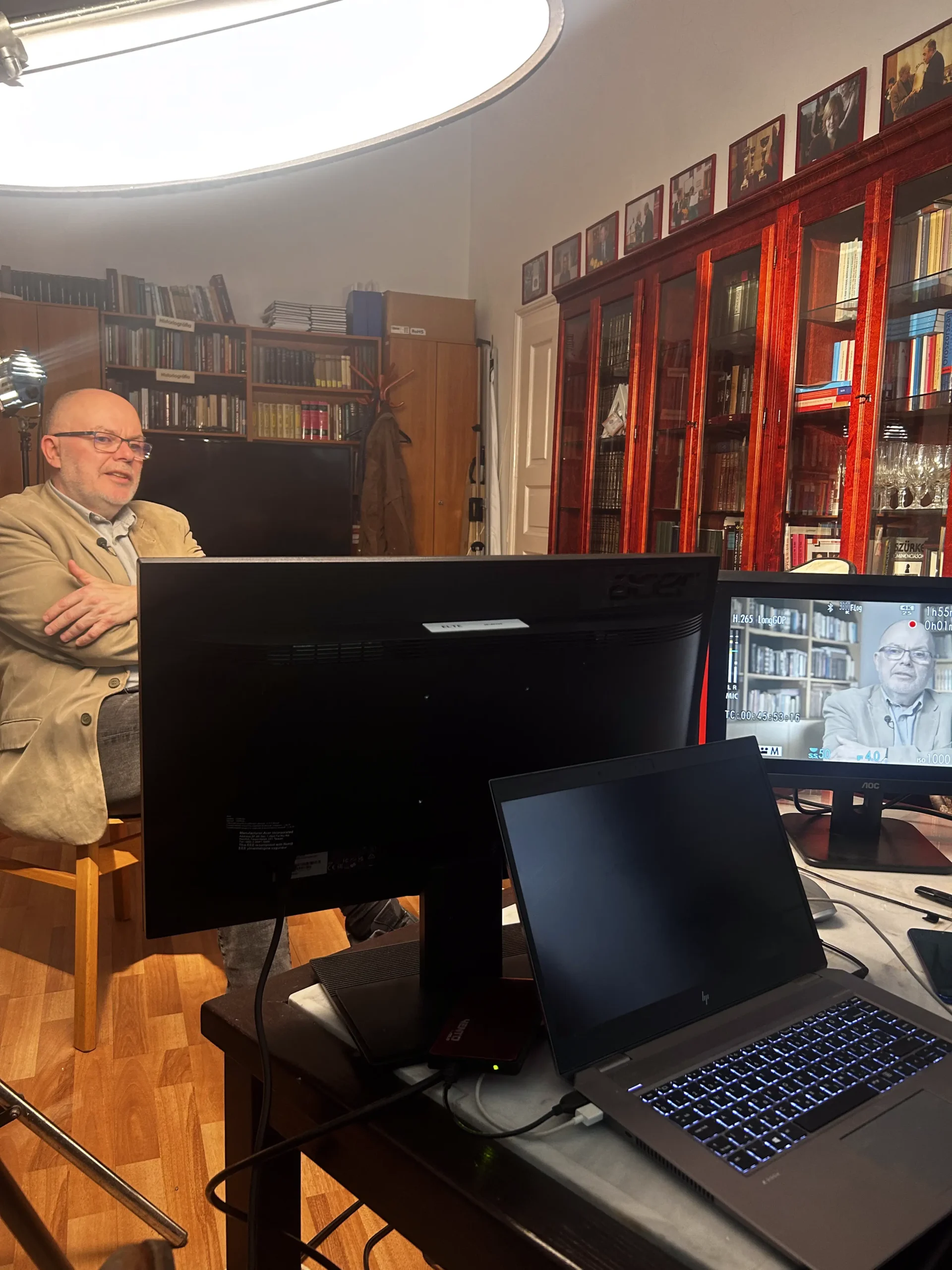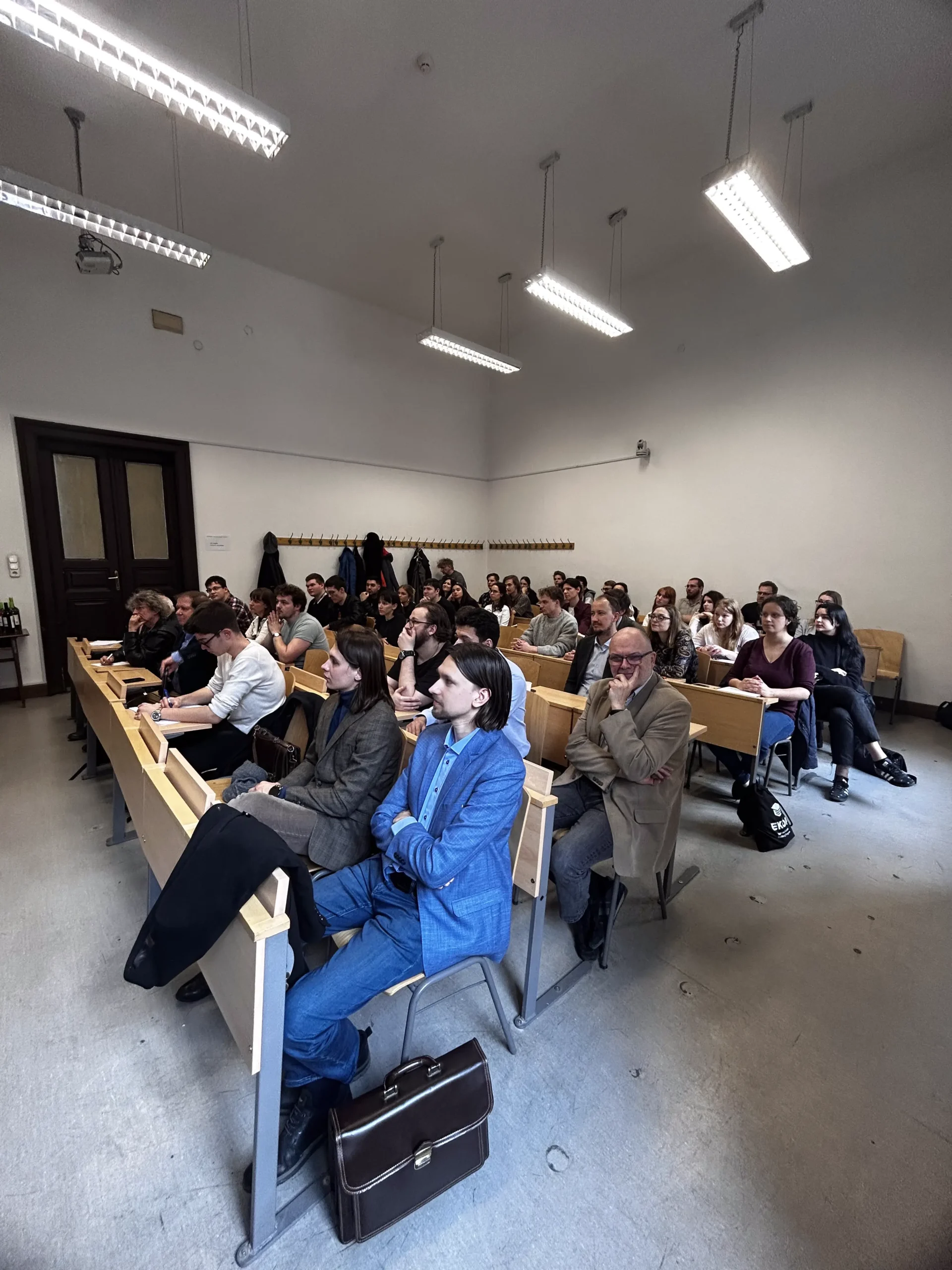Mythical centre of Attila – Sicambria (Óbuda)
Fact of the Hungarian figure „Myth of the Hungarian land-taking – Ópusztaszer”
Part of the „The story of the beginning” topic
Attila the Hun is one of the most legendary figures in world history, his name synonymous with the power and ferocity of the Huns, a people who appeared suddenly and dominated large parts of Europe before vanishing with equal rapidity. Attila’s seat, or ordu, in the Tisza region was renowned for its splendor and luxury, captivating the imagination of his contemporaries. Although historical evidence is sparse, medieval sources from the Árpád era began to associate Óbuda, a district in present-day Budapest, with the fabled city of Sicambria, which they believed to be Attila’s city. This identification led to the city being referred to as Etzelnburg in German, reflecting Attila’s legendary status.
Óbuda’s connection to Attila, while largely mythical, became deeply embedded in Hungarian national consciousness. By the 13th century, Hungarian chroniclers like Anonymus and Simon of Kéza had woven the Huns into the fabric of Hungary’s national mythology. Anonymus portrayed Attila as an ancestral figure of the Árpáds, the ruling dynasty of Hungary, while Simon of Kéza expanded on the idea of Hun-Hungarian identity, further solidifying Attila’s place in Hungarian lore.
These medieval narratives were part of a broader trend in which Western Europeans often identified various nomadic peoples who appeared after the 5th century with the Huns, including the Avars and later the Hungarians. This led to the persistent but historically unfounded association between the Huns and Hungarians, an idea that has persisted in some forms of Hungarian national identity.
The mythical city of Sicambria in Óbuda, while not historically verifiable, serves as a symbolic link between Hungary’s ancient past and its medieval history. The legend of Attila’s city reflects the enduring impact of his legacy on Central European history, where the lines between myth and history often blur.
Today, Óbuda stands as a testament to these enduring legends, representing the intertwining of history, mythology, and national identity in Hungary. While the historical reality of Sicambria remains uncertain, its mythological significance continues to capture the imagination, offering a powerful narrative that connects modern Hungary to its storied past.





